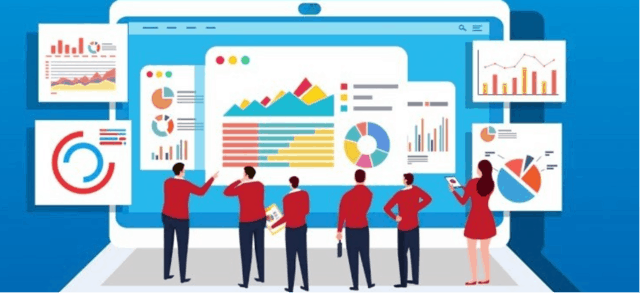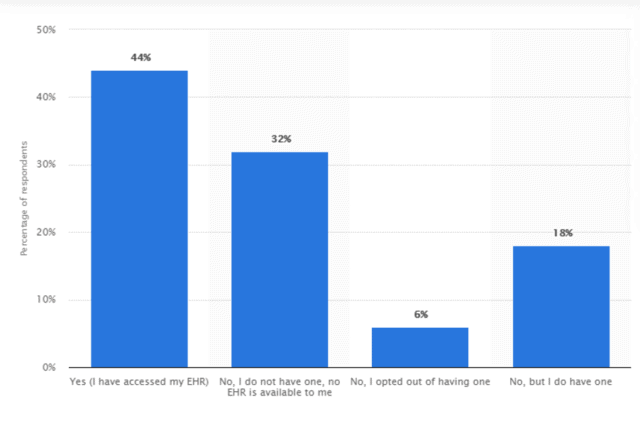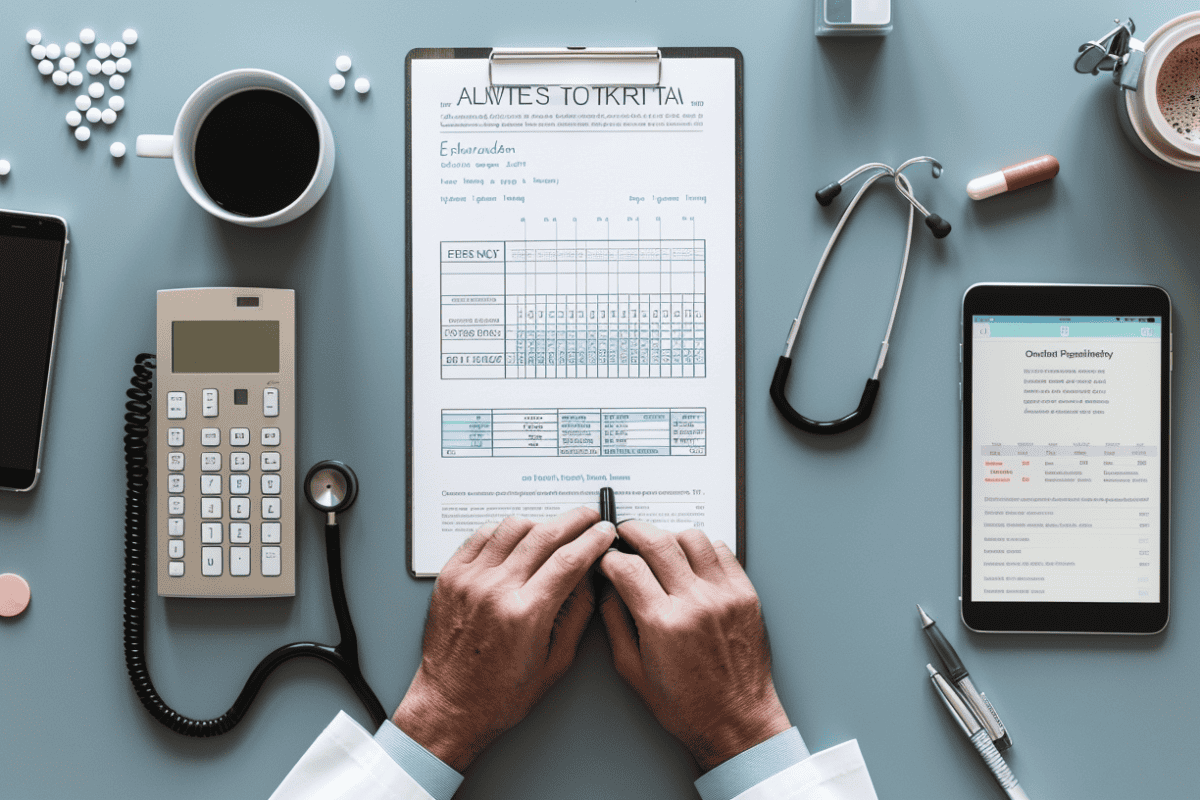
Healthcare, as a vertical, was never static. But then, it hasn’t been this dynamic ever, with the confluence of disparate medical insights, making us stare inanimately at piles of unstructured data. To be honest, the gargantuan volume of data isn’t even an issue anymore. It’s a reality, which even exceeded the 2,000 Exabyte mark by the end of 2020.
Startled! Wait up, there is a lot more to it. As per data released by IDC, data volume is expected to grow by at least 48 percent each year from now, and that too without taking the pandemic into consideration.
But, data is information, right! So, why is it even bothering healthcare experts?
Let’s Talk Data First
From a layman’s perspective, healthcare data doesn’t seem much different than the standard medical files. However, healthcare data, much like any other form of Big Data excerpt, can be further segregated into system logs, documents, social media insights, videos, images, transactional data, sensory data, and more. Contact epic reporting consultant for healthcare data management.
Now that there is a lot of data to deal with, mostly raw and unstructured, it makes some sense to collect and use it, rather enterprisingly. Plus, with Healthcare AI being considered a fad in 2021, productive and targeted data collection by just be the way to convert 80 percent of the inaccessible healthcare data into usable tools.
Why Turn to Data Collection?
As mentioned, the healthcare conundrum seems to be escalating with each passing day and only data collection seems like a plausible, long-term solution. Imagine a patient moving across the globe with unified interfaces connecting every record there is, thereby ensuring prompt medical attention, better diagnosis, and correct medication.
Seems doable, right! But only if the data is collected right!
If you are still unsure about data collection, here are some of the vital factors that might treat your skepticism, stat:
* Better Decision Making
Healthcare data is sacred and hugely relevant. Doctors, insurance agents, and even patients can make better decisions if structured and accessible data sets are placed in front of their eyes. With relevant data to bank on, insurance agents can suggest curated term and health insurance plans followed by necessary riders. Doctors, on the other hand, can access the collected data remotely to learn more about the patients and save their lives.

Fig. 44 Percent of Patients in the US in 2018 accessed their EHR, making it a pivotal data collection standpoint
Source: Statista
* Lower Costs
Patients wouldn’t want to get tested three times in three days or furnish every detail, repeatedly to different medical professionals. Multiple visits to the doctors, tests and even diagnostic implementations can get costly.
This glitch in the healthcare fabric can be combated with relevant data collection strategies as McKinsey’s report reveals that effective data analysis and collection strategies, as a part of the IoMT setup; can easily save close to $300 billion, each year, for the US Medical Realm.
* Improved AI Models
AI Data collection is the new normal with clinics and healthcare centers heading rapidly towards artificial intelligence, as a way to bring newer facilities into the fray. Starting from the likes of AI-Assisted surgery, image analysis to virtual nursing setup, AI is penetrating deep into the healthcare realm, which makes data collection, all the more important.
* Comprehensive Storage
Medical insights hardly make sense as disparate resources. Instead, what we need is the inclusion of a Healthcare Dataset for every cohort, thereby making it easier to identify at-risk patients, donors, and individuals from select groups.
Building common databases would allow healthcare professionals easy access to patient details, via relational linking and keyword-based searches. Also, databases, despite being precursors to healthcare evolution, are highly private; letting only authorized personnel access to the medical files and details.
* Outbreak Prevention
The pandemic hasn’t been kind to any of us. Even less kind towards the healthcare professionals. However, data cleansing followed by data collection can help avert a majority of threats in case something similar shows up in the future.
EHR data, dictation transcripts, document datasets, and even receipt collection details, if and when stored unanimously in a cohesive database, can help authorities determine the prospective threats better.
Is Data Collection the Endpoint to Rationalizing Top-Shelf Healthcare?
While data collection continues to be an integral part of a futuristic healthcare setup, it cannot be as effective on its own. If you seek top-shelf medical performance with physicians being able to infer and validate every aspect of healthcare in a heartbeat, data annotation holds the key.
Annotation and data labeling follow targeted data collection strategies and offer better support to the machine learning and deep learning algorithms, powering the healthcare-specific AI setups.
Overall, it is all about fostering a holistic, data-centric healthcare module that is secure, private, and effective enough to be touted as the next big thing.
This post has been sponsored by Shaip
Vatsal Ghiya
Vatsal Ghiya is a serial entrepreneur with more than 20 years of experience in healthcare AI software and services. He is the CEO and co-founder of Shaip, which enables the on-demand scaling of our platform, processes, and people for companies with the most demanding machine learning and artificial intelligence initiatives.


